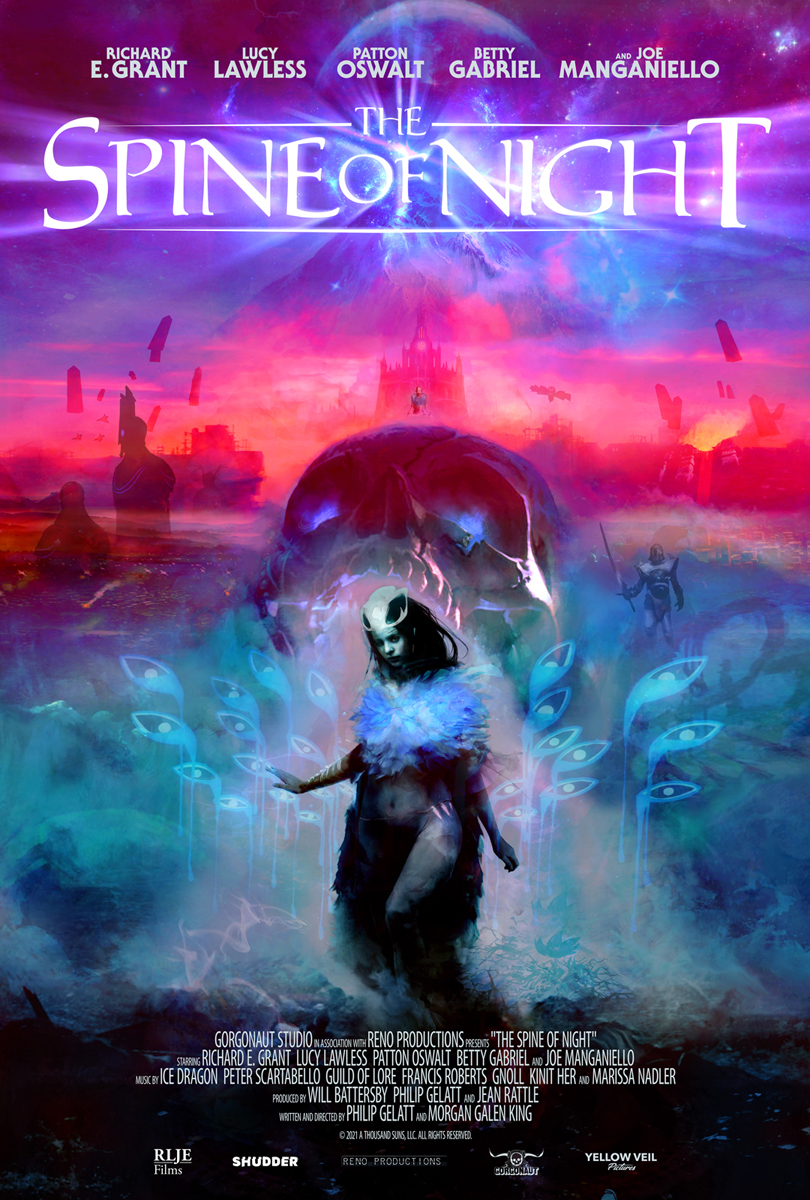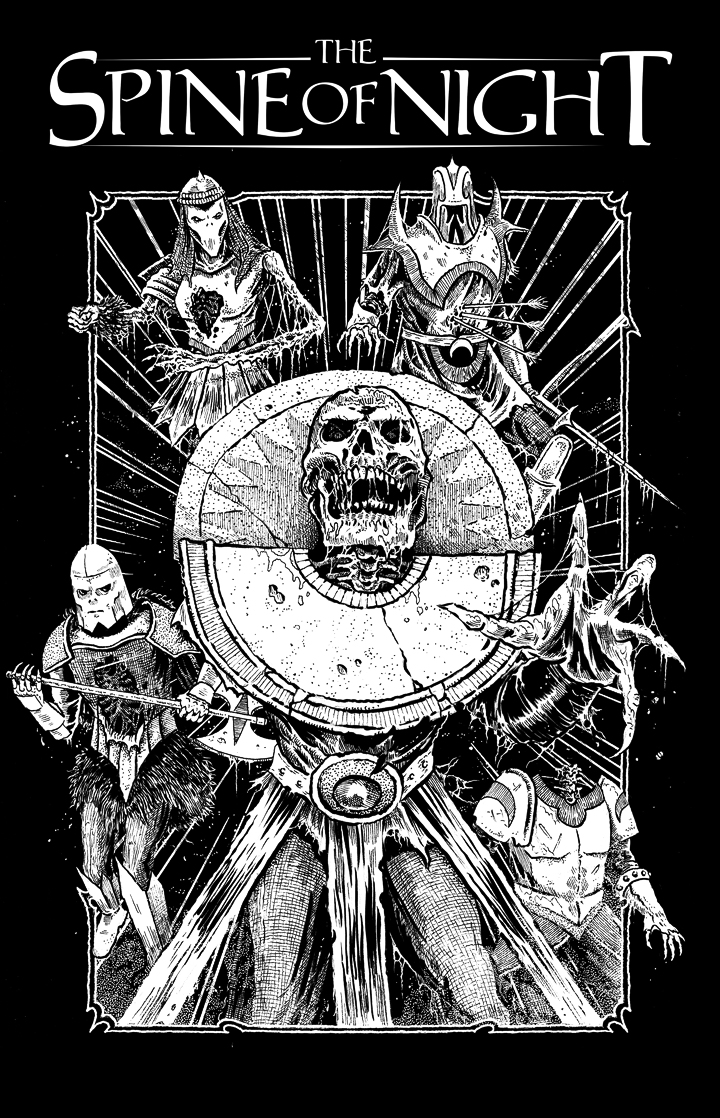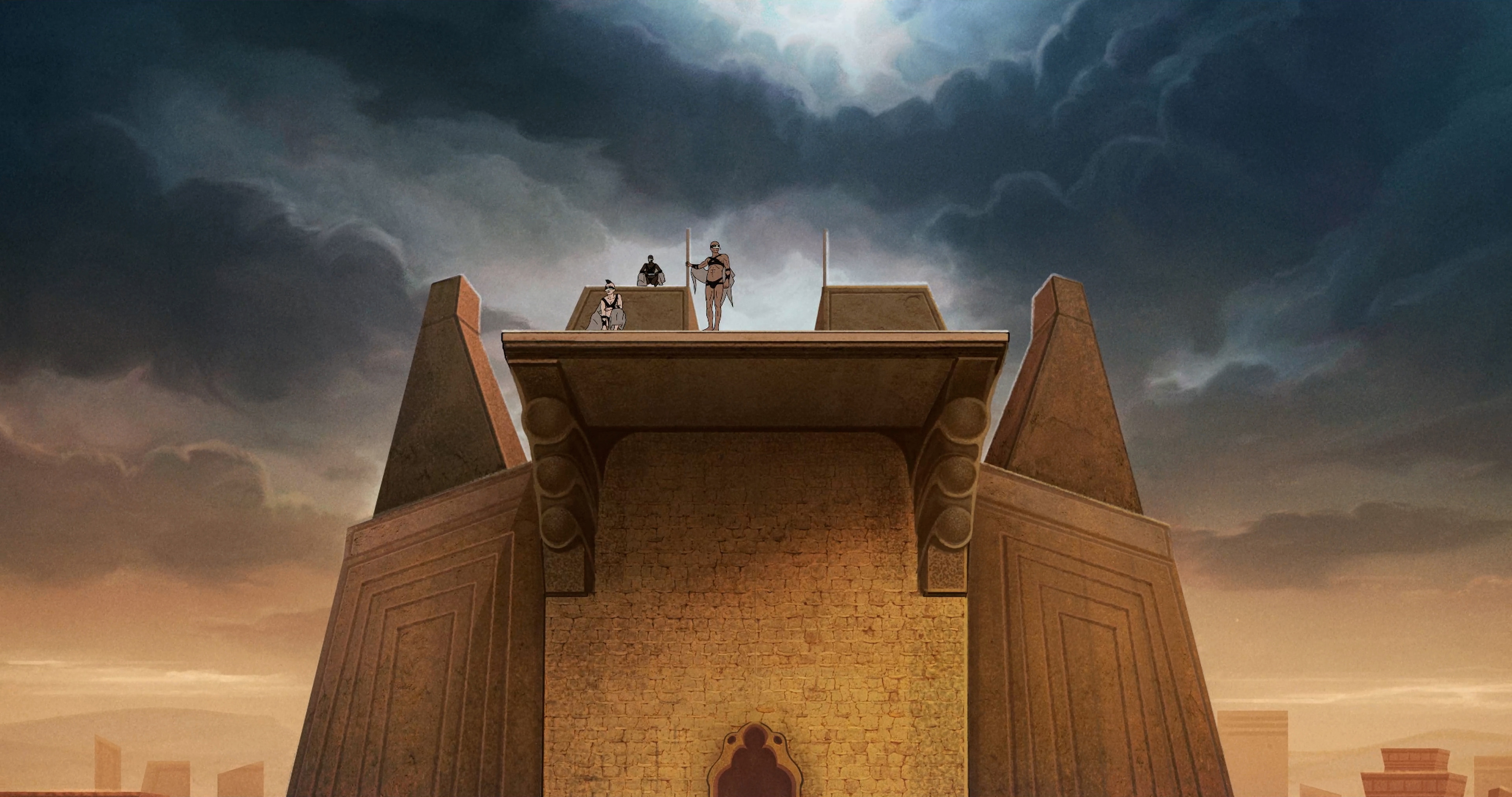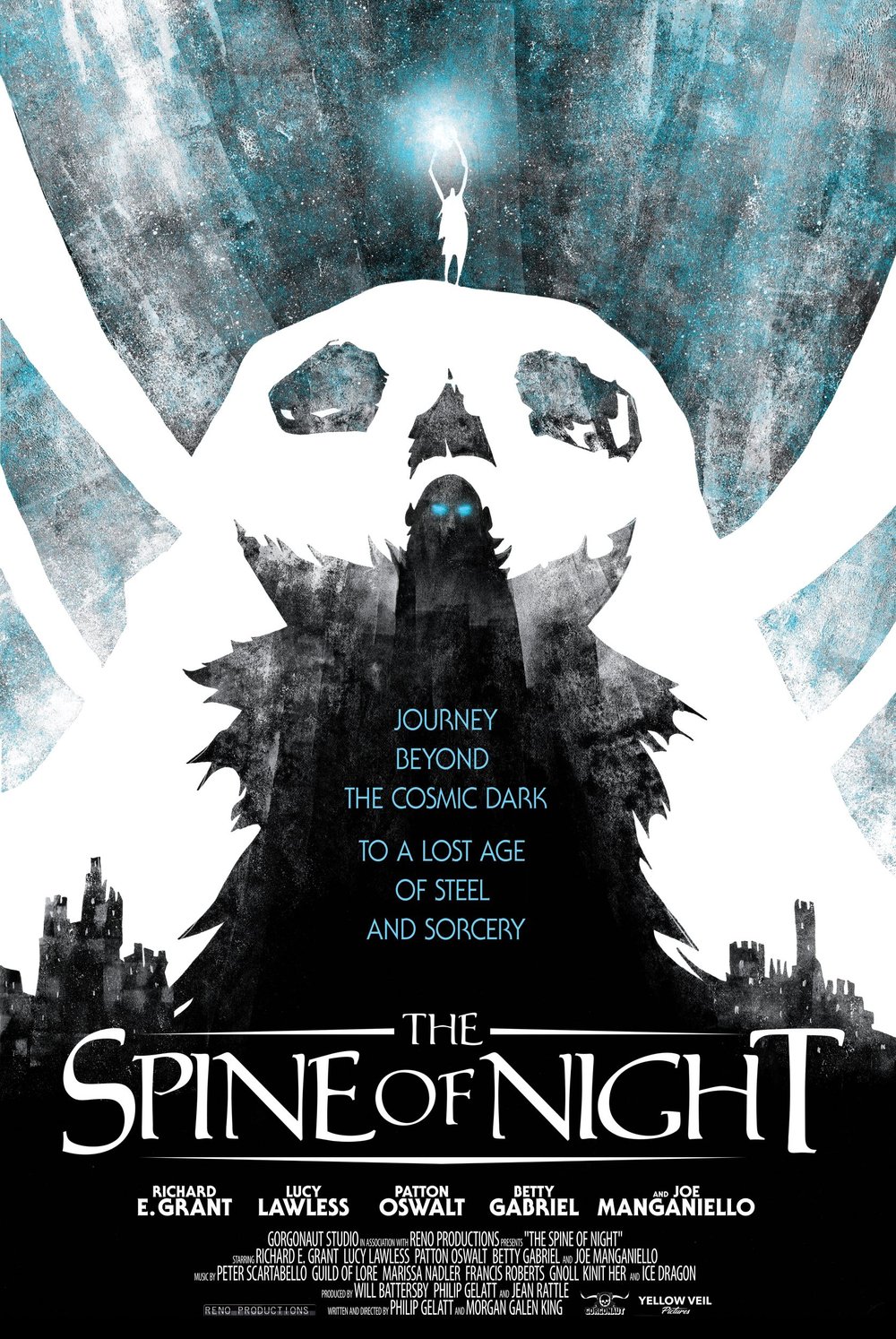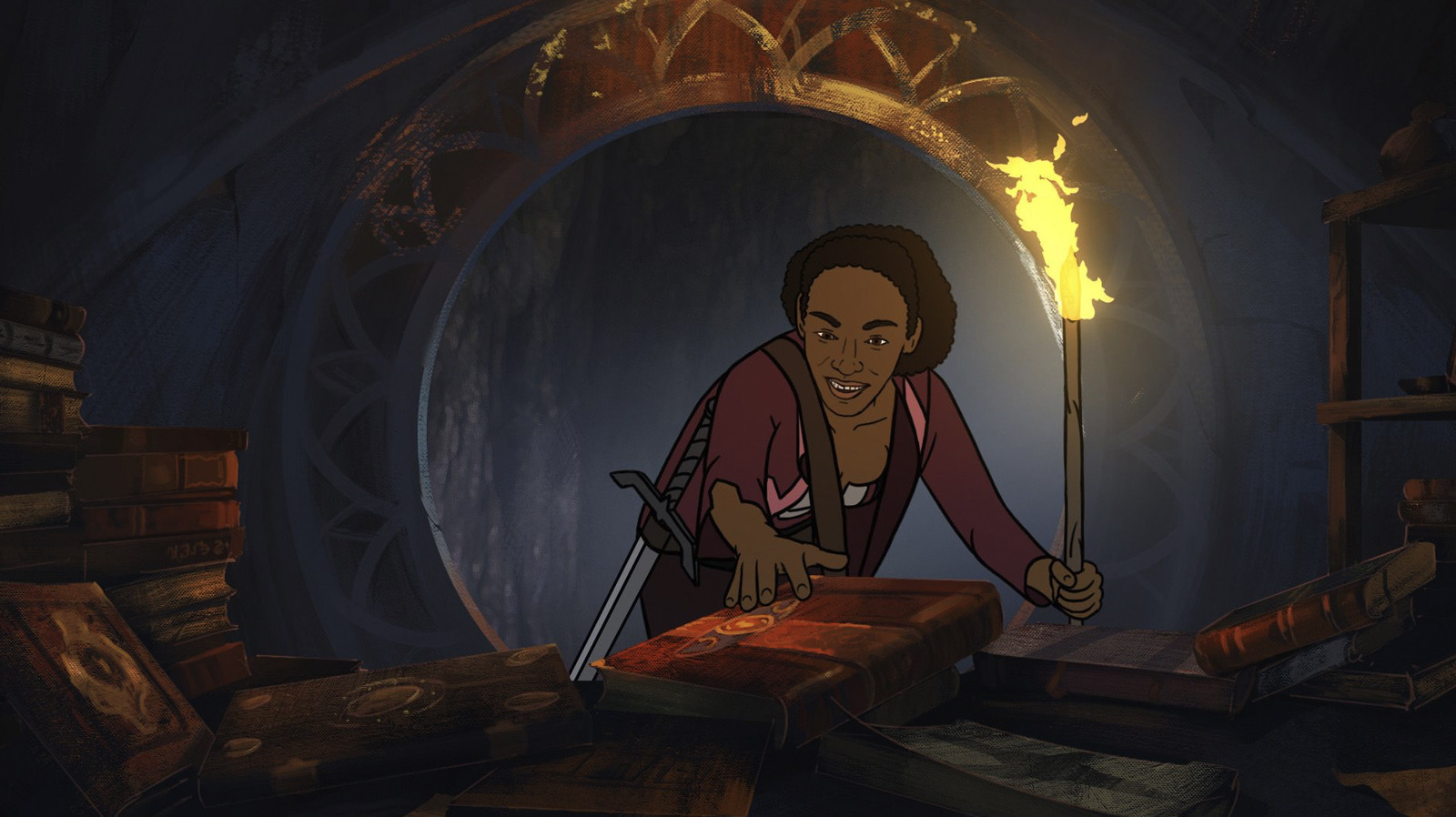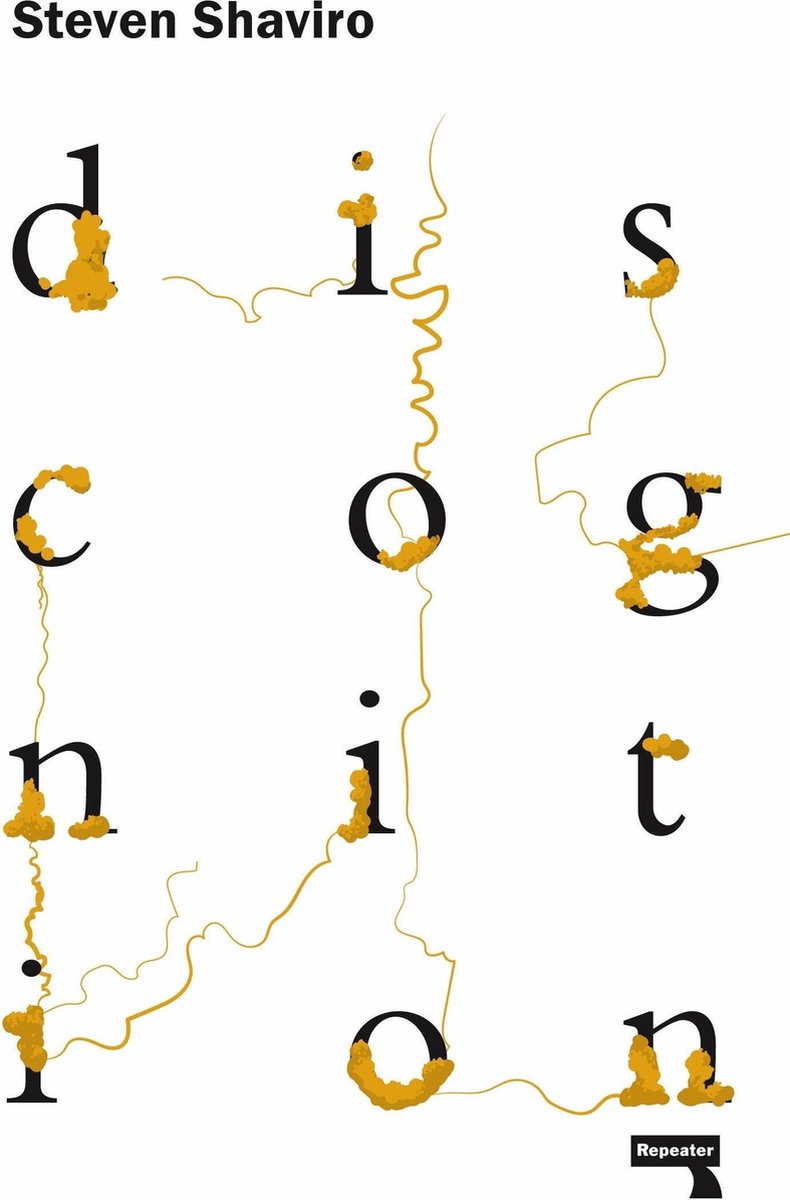timespace coordinates: alternative present-day version of Oakland, California
I’m a Virgo is an American absurdist comedy television series created by Boots Riley and starring Jharrel Jerome. The first four episodes premiered at the South by Southwest film festival in March 2023. All seven episodes were released on Amazon Prime Video on June 22, 2023.

I do not have much to add to what Zimbabwean writer, filmmaker, and leftwing cultural critic Charles Mudede noted in his The Stranger column (this is how I basically found out about it) titled “What Is More Surreal, Boots Riley’s I’m a Virgo or Capitalism?”. Read it!
Boots Riley is another one of those directors that straddles the divide btw musical video and cinema, smuggling technologies from one media into the other with various visual styles, animation and practical effects. A the same time I wonder if it actually manages to play with instances of what Steven Shaviro has called post-cinematic affect a while ago. In short:
Post-Cinematic Affect is about what it feels like to live in the affluent West in the early 21st century. Specifically, it explores the structure of feeling that is emerging today in tandem with new digital technologies, together with economic globalization and the financialization of more and more human activities.
Post-Cinematic Affect, 2010
DIVIDE AND REBRAND
What can we add after more than 10 years? And why bother in 2023 with the “affluent West” that doesn’t give a hoot about the vast majority living on the planet (especially read Dean Baker’s recent sanguine article “The Chinese Need to Stay Poor because the United States Has Done So Much to Destroy the Planet“? Why make MARXsplaing a superpower in a world where knowledge about exploitation and anti-unionization by the Big Tech is not novelty nor is it chains: it is all widely available. I enjoyed this series like I never enjoyed any other lately, but I am also puzzled by how little it expresses of the wider concerns of a world in which we today. Is it just me or is Oakland, and California in particular – left as the only microcosm of everything everywhere? This is why I need to look what is missing or what does not fit into this patchwork.
Today it is easy to think the Euroatlantic as one single bloc (precisely because of Sweden and Finland joining NATO) but lines of demarcation are becoming clearer and clearer. The funny shitty thing is that Romania (together with Bulgaria, Estonia, Latvia, Lithuania, Romania, Slovakia, and Slovenia) joined this military alliance in 2004. This was the reinvention of this military alliance – having the former East join not just EU but a Cold War relict. The East was happy and willing. Nowadys this “security measure” does not fare well at the moment. We know that the US is awash in guns and that violence and the militarization of the police. After 9/11 War Come Home is here to stay. But now Ukraine and the whole region is bound to become a sort of Texas awash in cluster bombs, mines and weaponry. In a sense NATO was in need of a facelift, either expansion or going to the history’s “dustbin of history”. My point is that what is happening with NATO nowadays is also happening with the Big Tech nowadays. They are in bad need of a rebrading to prove their worth to their shareholders.
MUSKISM AND TOY FOUNDERS
We live in a world of founders. They dominate our mediaspace, our news, even the most extra-terrestrial spaces. They are the biggest polluters on the planet, wrecker of civilizations, SF fans and longtermism sponsors. What to make of the recent baptizing of Google into Alphabet, and Facebook into Meta or Twitter into X. Are they tired or bored with themselves?
Things seem much more clear cut than 10 years ago. Living in between worlds, between the so-called former East (basically the sworn ideological enemy of the Free World) and the affluent West during the COVID pandemics has also brought home several lessons. This is not about Schengen Visas for Bulgaria and Romania, but about the fact that these buffer zones have become the internal detentions and border patrol zones of the whole of Fortress Europe.
On a larger scale, there is talk about trade wars, about decoupling and moving SC manufacturing back from ASia and dressing up evrything as “de-risking”. In the liberalized, privatized and fragmented East, in the meantime, the questioning of so-called Western values did not come out of nowhere. The East has been leading the far right and Euroskepticism wave, adopting anti-immigration policies, anti-abortion ethno-politics with Poland and Hungary being the closests examples and this should also be seen as part of the economic globalization and financialization of the planet. This brings the East closer to the US, but not primarily because of NATO integration or via military bases & black sites, but by joining the right wing culture wars from across the Altantic and their anti-woke measures.
GIGANTIC EXPENDITURE

More than 10 years after the Post-cinematic Affect, the world keep ending, with record-breaking scorching temperatures for July all over the planet, pandemics, rising budget and rearmament, Sinophobia, Tik Tok hearings in the US Congressput, everything is becoming more and more paroxystic and unilavable. “Opting out” is banded before everyone by the rich. Un-democractic “special zones” have sprung where investors are lured in with low taxes and pro- investement policies. It is clear that the 1989 we did not re-unification of East and West. What we had was an East that looked towards the West (Go Weeeest Life is Better There etc.) with open wide-open starry eyes, asking for democratic changes and prosperity (which in many cases translated to just usual consumer goods such as jeans or walkman). Nowadays, after a brutal restructuring and free market liberalization of the East you could conclude that the West ended up simply engulfing the East.
RISING WARLORDISM
Is the East akin to the gigantic black naive kid “Big Muthaf***a,” Cootie (played by Jharrel Jerome)? Have they been self-colonizing, fed by Channel TV, by reality TV, by North American Comic Book Industry (like Alin Rautoiu amply demonstrates in an in-depth article). Did they realize they are the evil empire of the Star Wars? Did they forget the exotic Eastern Marxist tradition and be lectured and wesplainged by the Western Marxists?
Clearly the East is not sticking to the rules, or to the role it has been dealt by recent history. Instead of being this pacified, at the Portal of Balkans, the Milk and Honey (in a Karl May turn-of-speech) region where freedom and pacifism follows automatically from free markets, it is now producing havoc on the world markets and famine in Africa. it is bombarding its own people. It is split in a hundred nationalisms. It still does not want to get compared with the Near East, with the Syrian War or the Lybian post-Ghadafi warlordism, altough Eastern Europe (specifically Eastern Ukraine) makes everything look like a unsuccessful series of Orange Revolutions.
What is hard to accept is that the East stopped being the orphan street child glue sniffer or the problem-child of Transition years – and now appears in the Western media as either the bombarded, abused, victimized of war-crimes or the criminal hoodlum. Is the East affluent? Not really but it is a place where the ner-equivalent of the Big Tech founder is the oligarch (or the seller of SHIT in Triangle of Saddness movie), that most despicable of the plutocrats, basically the nouveau riche to the West’s old money. Yes, the CEO figure founder is also one of the most memorable villains in recent history, and he a Bezos and Musk turned vigilante, or Batman being the good capitalist. But in the end all of them are Mattel CEOs – toy figure, precious collectibles that is actually completely absurdly concentrating immense wealth and power.
BLACKOUTS IN THE WEST AND EAST
When I’m a Virgo speaks to Eastern Europes it speaks in fast foods. It is not the place of where the poor eat shitty unhealthy food, but places of luxury. After 1989 the MacDonalds and Burger Kings where received like Kings and ambassadors in the East, people of the rising middle classes enjoyed having a burger there. It was American Living – the highest standard of living in the world no?
Meanwhile the wheels have turned and the fragmented East pays back the US, inspiring the anti-woke US conservatives and crack-up capitalists. Boots Riley cannot address these things, yet we can ask why they ring closer to home? In the 1980s, basically my teenie years, in Socialist Romania, severe austerity measures where imposed in order to pay out the external debt incurred by the state in the 1970s. Blackouts where part of this and using candles or not having heating became normalized. There is a grim kind of blackout solidarity, of course not addressed by the series, but a very familiar to me and others.
After the 1989 revolutions, blackouts continued, and they even affected entire hoods at the time. They where also part and parcel of a decaying public infrastructure that could not keep up with the demand. What was evident to me at that time was that the new malls and their parking lots had electricity during the blackouts. The Blackout did not have to do with an energy crisis, with green transition or rising prices but had to do with development in some part and unequal and simultaneous underdevelopment in many others. The distribution of the blackout followed a strange map drawn by the market economy and the way infrastructures responded to various stresses.
Like Cootie, in Eastern Europe we have been fed on US goods since early childhood and have been using all sorts of clothes, mostly recycled from the West (Germany, US, Italy etc.) in my case. Nothing fits, and nothing seemed to fit for a long time. Everything had to be adopted, changes. Everything had to be refitted and customized, and the effect is often hilarious or embarassing. People where drawing their own versions of superheroes in the early 1990s (like a comics from the mountain city of Brashow with Bravman as a local hero). T-shirt with band names such as AC/DC got drawn by hand and worn because everyone secretly wanted to be part of the sports or music culture of the US. This ended up with various mismeasures, and while this whole series is about black bodies and the systemic racism of today, it is also about the feeling like a contemporary Alice in a US Capitalalaand.
After 1989, in the East (and not he East Coast) but in Eastern Europe, everything was made to feel Pantagruelic and not only in the sense of Bakthin. We started riding huge SUV, Jeeps and HUMMER cars. Cars that where bigger than our badly maintained streets. Bigger than the available parking lots, and mostly pushing a lifestyle dependent on a fossil economy that prioritised car culture over public transport, highways over biking or pedestrian walking. I also remember basketball truly arriving at our shool and breakbeat. It also arrived with the “popular kid” pressure – being popular started being important in the early 1990s and the most popular kids in the class where vying for Chicago Bulls vs LA Lakers (they also had the T-shirts). Everything started being upside down, oversized or undersized. You went to Pizza Hut to celebrate with mom and dad. Houses started being built up for luxury real estate reasons not for housing purposes. It got important to have luxurious facades, luxury elevators in run-down communist bloc trying to attract the “proper” clientelle. This brings me back to entire buildings go up and down while the CEO does not move an inch. The CEO figure in the East is actually someone who is allied with the American-Romanian University.
That being said, in order to make sense of the world we live in, maybe there is less and less sense in taking refuge from in Marvel superhero blockbuster (where you might end up being the villain), but find some sort of communal hysteria living beside and with the wacky, the mindfucked and the mad surreal absurdist wokers of Sorry To Bother You (2018) that manage to make a parody of a parody. All certitudes are left behind in this unhinged and normal abnormal world of bullshit jobs and false consciousness we live in. Including the sense and the remaingin fact that Amazon Prime has made I’m A Virgo another toy in its toy collection, an inhabitant of Amazon (sub)Prime-land that togheting with Netflix, Apple+ Disney+ making it more difficult for all of us to inhabit the world.





